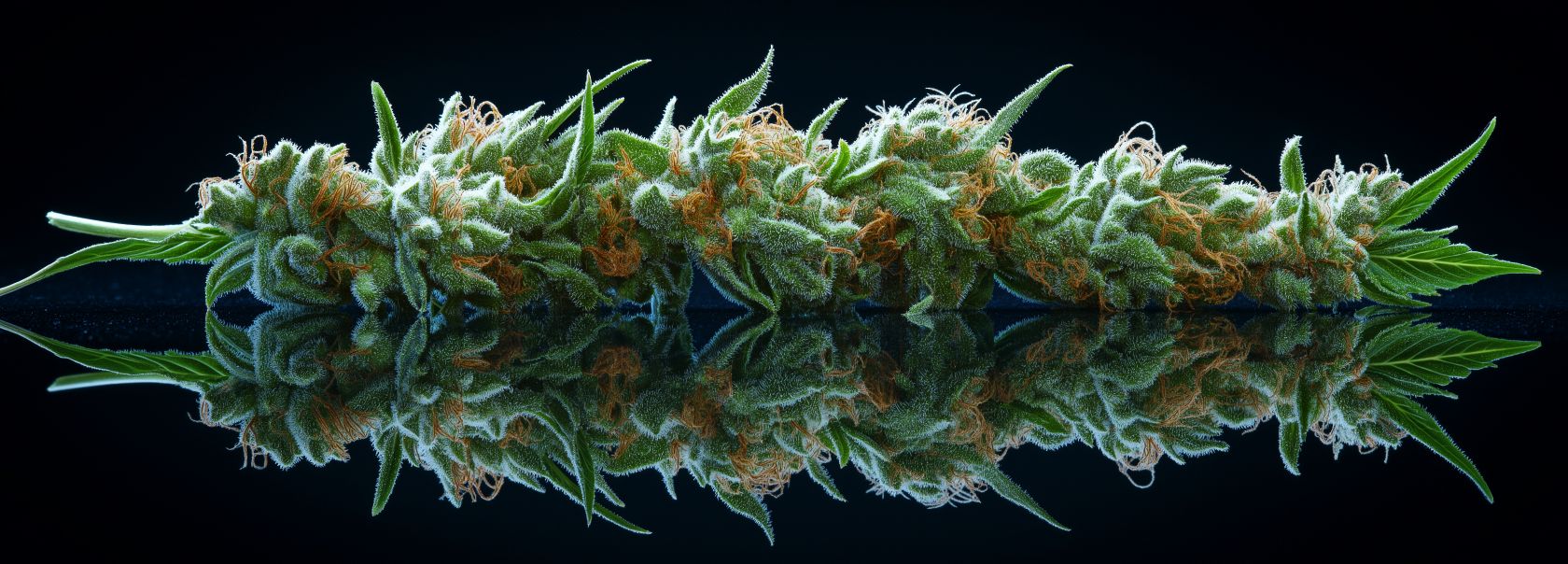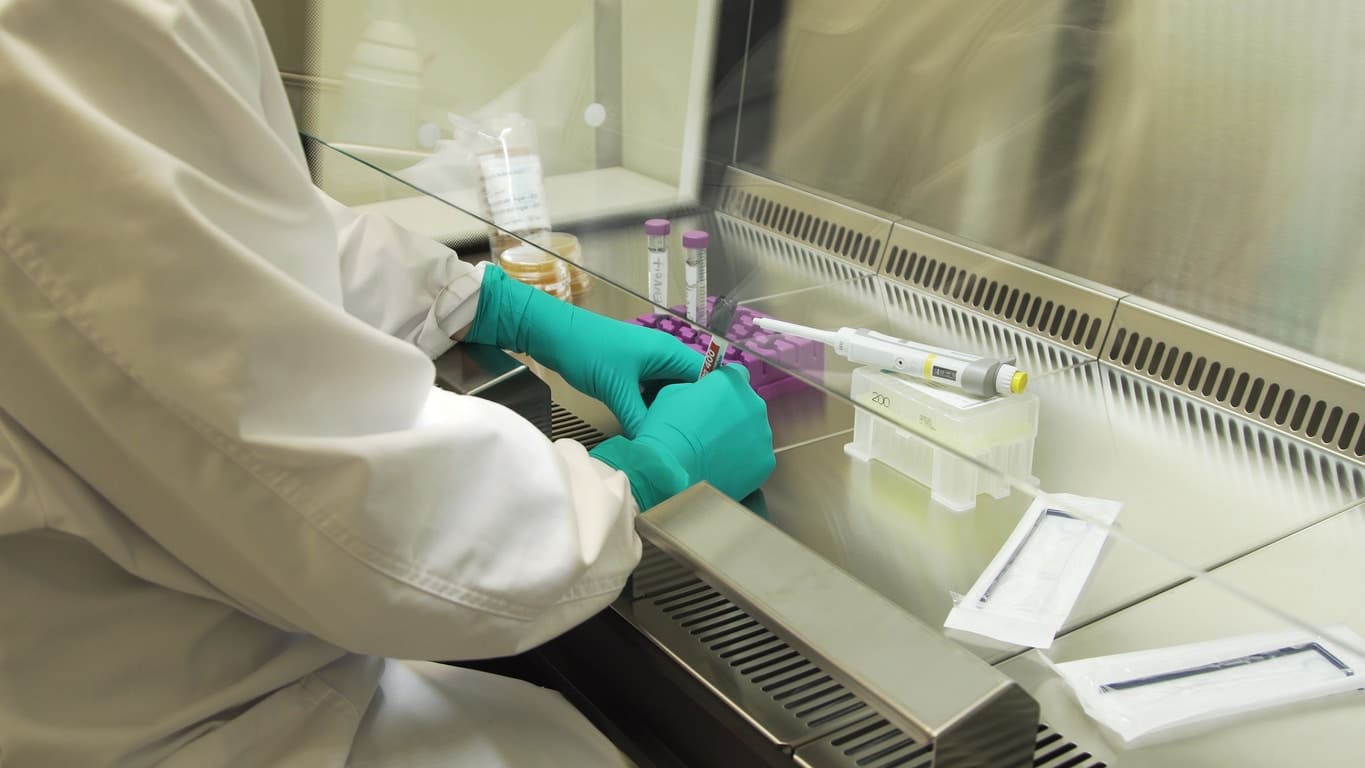Introduction to Drying Cannabis Flower for Optimal Quality & Potency

Drying cannabis flower is one of the most important post-harvest steps in commercial cultivation. This guide introduces the science of drying cannabis and sets the stage for a multi-part series designed to support both experienced cultivators and new growers looking to improve product quality. At ARES Scientific, our mission is to help facilities maximize productivity, standardize results, and produce the highest-quality cannabis possible.
The Goal of Drying and Curing Cannabis
The purpose of drying and curing cannabis is to preserve the maximum number of desirable bioactive compounds in the finished flower. When executed properly, the drying process improves flavor, aroma, smokability, potency, stability, and consumer satisfaction—ultimately strengthening the brand and supporting premium pricing.
Experienced growers often describe drying as “an art form,” but much of the process is grounded in measurable science. Tradition is valuable, but growers may unintentionally lose potency, aroma, and terpene content through suboptimal drying methods. Even subtle improvements to the drying environment or handling process can elevate a brand from being simply good to becoming a leader in quality.
The Balancing Act in Drying Cannabis
Drying commercial cannabis is a delicate balance between gentleness and efficiency. Large operations must maintain consistent output, stagger harvests, and deliver product to market on schedule. This requires a drying process that is both scalable and reliable.
Smaller or boutique growers may choose slower, more controlled drying to highlight terpene richness and achieve artisan-level quality. Regardless of scale, every cultivator must consider staffing, facility layout, drying capacity, airflow, and environmental control to maintain product consistency from batch to batch.
What Is the Proper Drying Process?
The correct drying process preserves the hundreds of bioactive compounds naturally present in cannabis flowers. At harvest, cannabis contains more than 550 bioactive compounds, including 125+ cannabinoids and nearly 200 terpene, flavonoid, phenol, and alkaloid compounds. These molecules determine potency, smell, taste, color, and therapeutic effects.
Poor drying conditions can destroy or evaporate many of these compounds, leading to reduced potency, harsher smoke, and a disappointing user experience. Over time, poor drying also harms brand trust and repeat sales.
Factors That Influence Optimal Cannabis Drying
Handling Can Destroy Potency
Gentle handling is essential after harvest. Rough movement, shaking, or excessive touching can cause trichomes to break off—the resin glands responsible for THC, terpenes, and cannabinoids. Mechanical potency loss is often higher than growers realize. Reducing unnecessary contact helps preserve the plant’s natural chemical profile.
Temperature and Humidity Control
Drying cannabis is largely about controlling the remaining moisture loss once the root system is removed. After harvest, transpiration stops, but evaporation continues. The rate at which water leaves the plant determines cannabinoid and terpene preservation.
Drying room temperature and humidity control how much moisture the air can hold and how quickly the plant releases water. High temperatures accelerate evaporation and degrade terpenes. Low humidity dries plants too fast, leading to harsh smoke and terpene loss. Conversely, high humidity slows drying and increases microbial risk.
A helpful analogy is sweating: sweat evaporates quickly on a hot, dry day but remains longer on a cool, humid day. Cannabis behaves similarly—dry, warm air accelerates moisture loss, while cool, humid air slows it.
What Is Water Activity and Why Is It Critical?
Water activity (aw) measures how much water is available for mold, yeast, and bacteria to grow—not how much water is present overall. In the cannabis drying process, controlling water activity is essential. Dry too fast and bioactive compounds evaporate. Dry too slowly and pathogens may proliferate.
Once water activity drops below safe thresholds, microbial activity becomes inhibited and the flower becomes shelf-stable. The same science used in food preservation applies directly to cannabis. Maintaining correct water activity protects yield, increases storage stability, and reduces the risk of crop loss.
Conclusion
Successful cannabis drying and curing requires balancing several variables to preserve taste, aroma, color, potency, and smokability. Drying too quickly or handling roughly destroys cannabinoids and terpenes. Drying too slowly increases water activity and supports mold or bacterial growth. The best drying procedure minimizes compound loss while preventing pathogen activity, resulting in exceptional final product quality.
ARES Scientific: Your Partner for Cannabis Drying Equipment & Expertise
ARES Scientific brings decades of experience from the pharmaceutical and food manufacturing sectors—industries where precision, sterility, and quality control are essential. We provide cannabis facilities with commercial-grade products designed for cleanability, reliability, and long-term performance.
One of our most popular drying solutions is the Metro WavDri Cannabis Drying Tray. These trays reduce drying space requirements, support even airflow, include Microban antimicrobial protection, and are certified for food-contact applications. They can be washed at temperatures up to 212°F for complete sanitation.
Our Ohaus scales and balances offer precision for formulation, trimming, packaging, and bulk weight measurements—including NTEP-certified options for commercial transactions.
ARES also supplies drying ovens, vacuum ovens, commercial washers, custom nursery and grow shelving, moisture content meters, pH meters, and much more.
To upgrade your drying workflow or plan a new facility, contact ARES Scientific for recommendations and equipment support.
Frequently Asked Questions About Drying Cannabis
What is the ideal temperature and humidity for drying cannabis?
Most cultivators aim for 60°F–70°F with 50%–60% relative humidity. This slows moisture loss, preserves terpenes, and reduces microbial risk.
How long should cannabis dry before curing?
On average, 7–14 days depending on airflow, temperature, humidity, strain density, and initial moisture content. Slower drying usually preserves better terpene content.
What happens if cannabis dries too fast?
Fast drying leads to terpene evaporation, harsh smoke, brittle buds, and uneven moisture distribution. Flower may fail laboratory moisture content or water activity standards.
Why is water activity important during drying?
Water activity determines whether mold, yeast, or bacteria can grow. Maintaining safe aw levels ensures shelf stability and protects crops from microbial contamination.
Which equipment helps improve drying consistency?
Metro WavDri trays, moisture meters, pH meters, drying ovens, vacuum ovens, commercial washers, and precision Ohaus scales all support consistent, high-quality drying processes.




